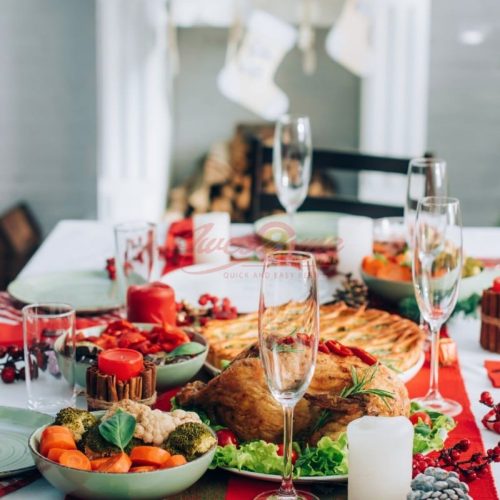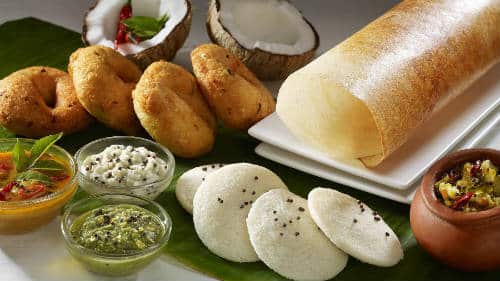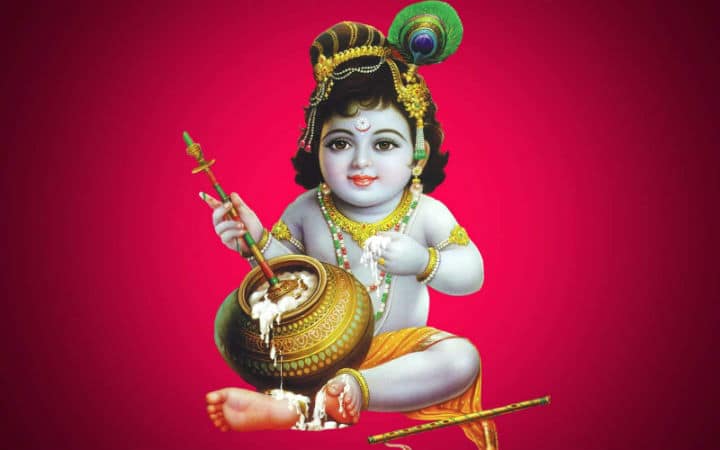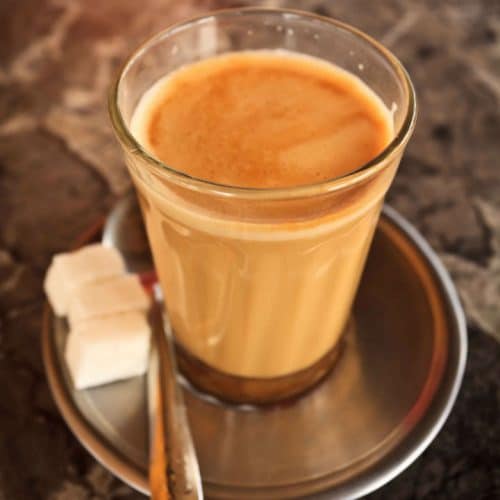As much as Indian cuisine has evolved over the years, its roots are firmly planted in tradition and heritage. Traditional indian utensils, made from cast iron, brass, copper, clay, and other natural materials, showcase exceptional craftsmanship and are slowly making a comeback in modern kitchens as important traditional cookware pieces.
These kitchen essentials are not just tools for everyday cooking; they reflect our culture, traditions, and history. Besides adding an aesthetic charm, these traditional Indian cooking utensils also enhance the taste and nutritional value of the food. Each piece has its unique functionality and offers certain health benefits.
This blog will walk you through some must-have traditional Indian utensils that every kitchen should possess.
What are the Essential Cookwares in an Indian Kitchen?
Experience the essence of Indian cuisine through the traditional Indian utensils that have been passed down through generations. From the Tawa, which brings out the perfect texture in flatbreads, to the Masala Dabba, which holds the key to flavorful spices, each item plays a crucial role in creating authentic dishes.
Let’s dig deep into the world of traditional Indian kitchen utensils and uncover the secrets they hold for elevating your cooking experience.
1. Tawa – Griddle for Indian Flatbreads
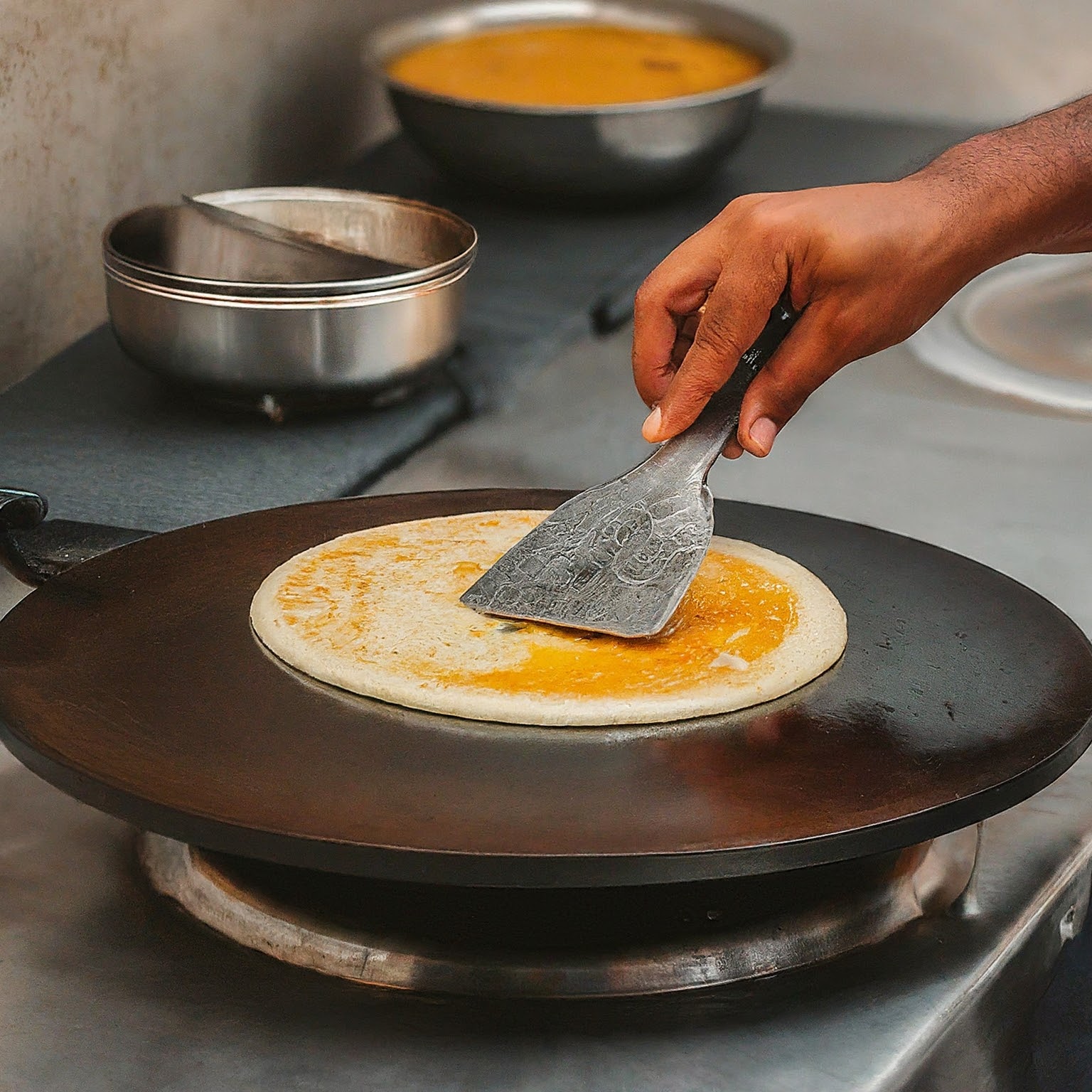
Tawa
The Tawa, or flat griddle, is a crucial tool in Indian kitchens. It is essential for making flatbreads like rotis, parathas, and naans. Crafted from cast iron or pure iron, it ensures even heat distribution for perfectly cooked breads.
Additionally, it is used for dosas and pancakes, requiring a spacious, non-stick surface. The Tawa plays a vital role in enhancing the flavour and texture of dishes, offering a unique earthy taste and a crispy yet soft consistency to traditional Indian breads.
2. Pressure Cooker
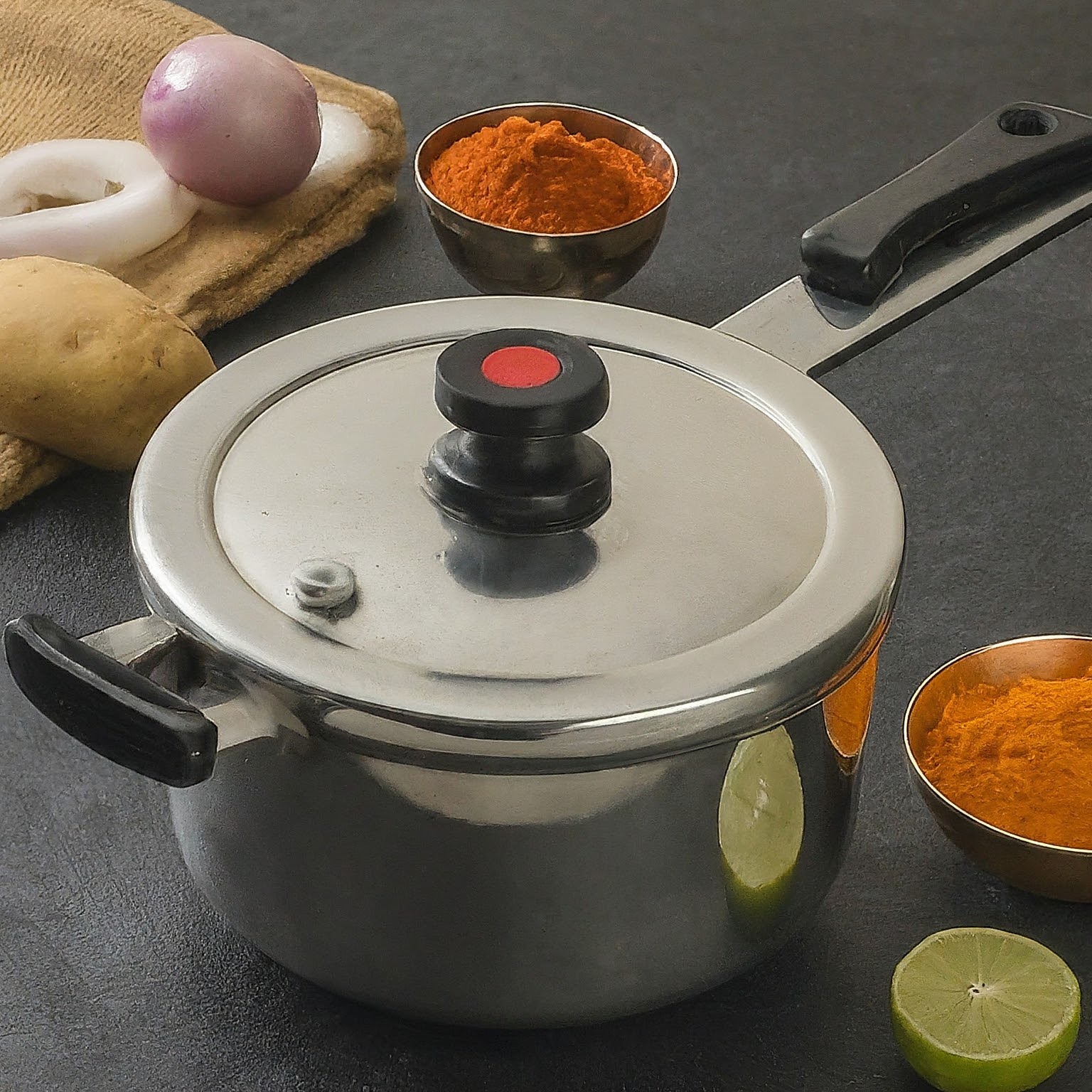
Pressure Cooker
Originally from Europe, pressure cookers have become essential in Indian kitchens for their efficiency and versatility. While traditionally made from aluminum, stainless steel variants are now preferred for their durability and resistance to corrosion. Pressure cookers with induction cooktop compatibility are gaining popularity.
They save energy by cooking food quickly, locking in nutrients and enhancing flavour. Ideal for various dishes like rice, dal, and meats, they significantly reduce cooking times compared to traditional methods.
3. Kadai – Deep-Frying Pan
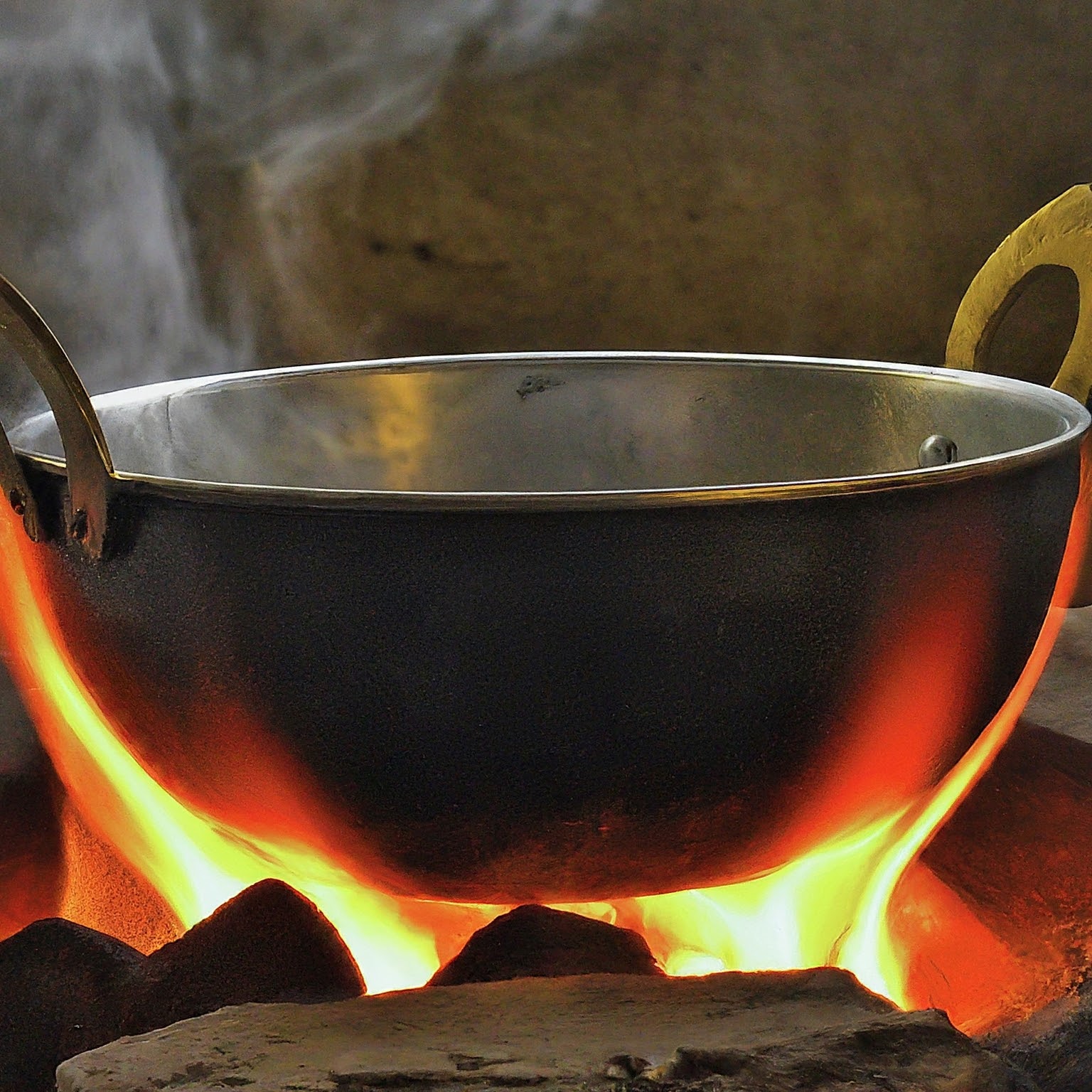
Kadai
The Kadai, also known as a deep-frying pan, is a crucial utensil in Indian kitchens. Traditionally crafted from cast iron, modern versions are often made from aluminium or non-stick materials.
However, cast iron’s superior heat distribution and retention make it the preferred choice.
Its deep and wide shape makes it perfect for various cooking methods, including deep-frying, stir-frying, sautéing, and boiling, making it a versatile tool in Indian culinary preparations.
4. Chakla-Belan – Rolling Board and Pin
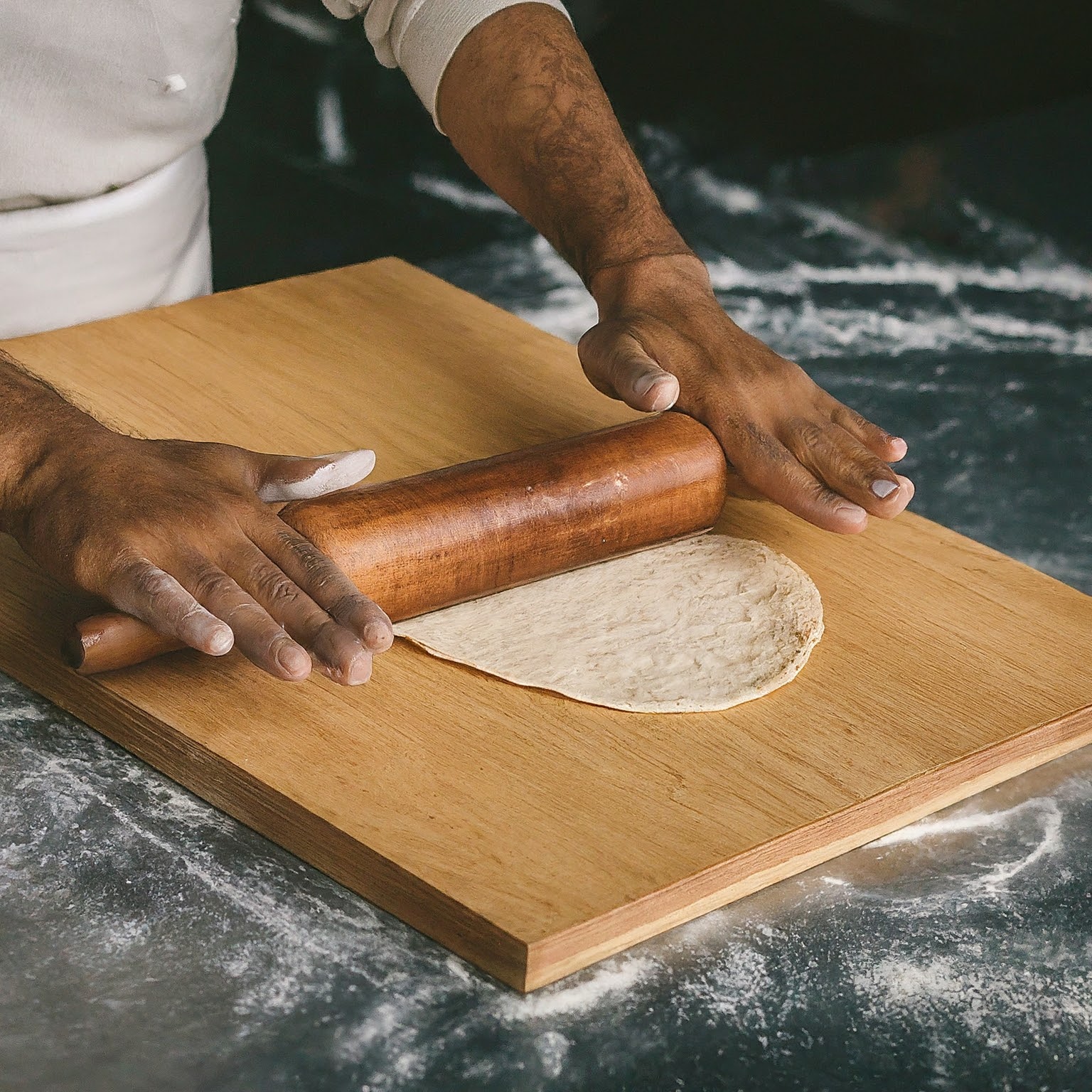
Chakla and Belan
The Chakla and Belan, also known as the rolling board and pin, have been essential tools in Indian kitchens for a long time as traditional kitchenware, used on a regular basis. The Chakla, a flat circular/square board made of wood or marble, is used in conjunction with the Belan, a lightweight yet sturdy rolling pin, to roll out dough for various Indian breads such as rotis, chapatis, and puris.
The wooden Chakla-Belan is preferred for its lightness, ease of cleaning, and ability to absorb excess moisture from the dough, preventing sticking during rolling.
5. Handi – Clay Pot
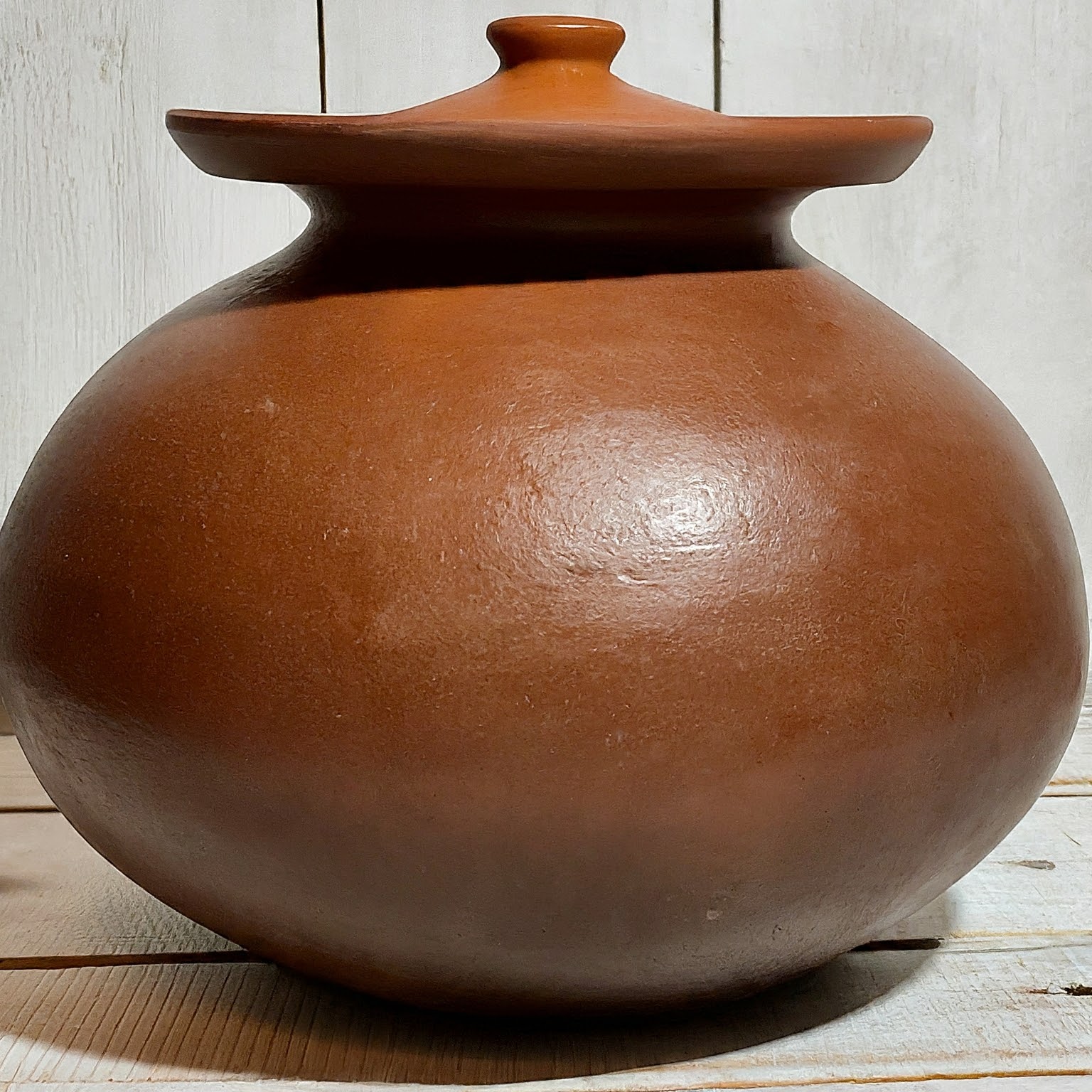
Clay Pot
Clay pot cooking in a Handi is a traditional method with health benefits. It adds an earthy flavour to food and evenly distributes heat, retaining nutrients. Handis are perfect for maintaining temperature balance for rice, lentils, curries, and stews.
The benefits of handi include alkaline clay neutralising pH balance, using less oil while preserving authentic taste, and allowing even heat circulation for enhanced flavour.
6. Tandoor – Clay Oven
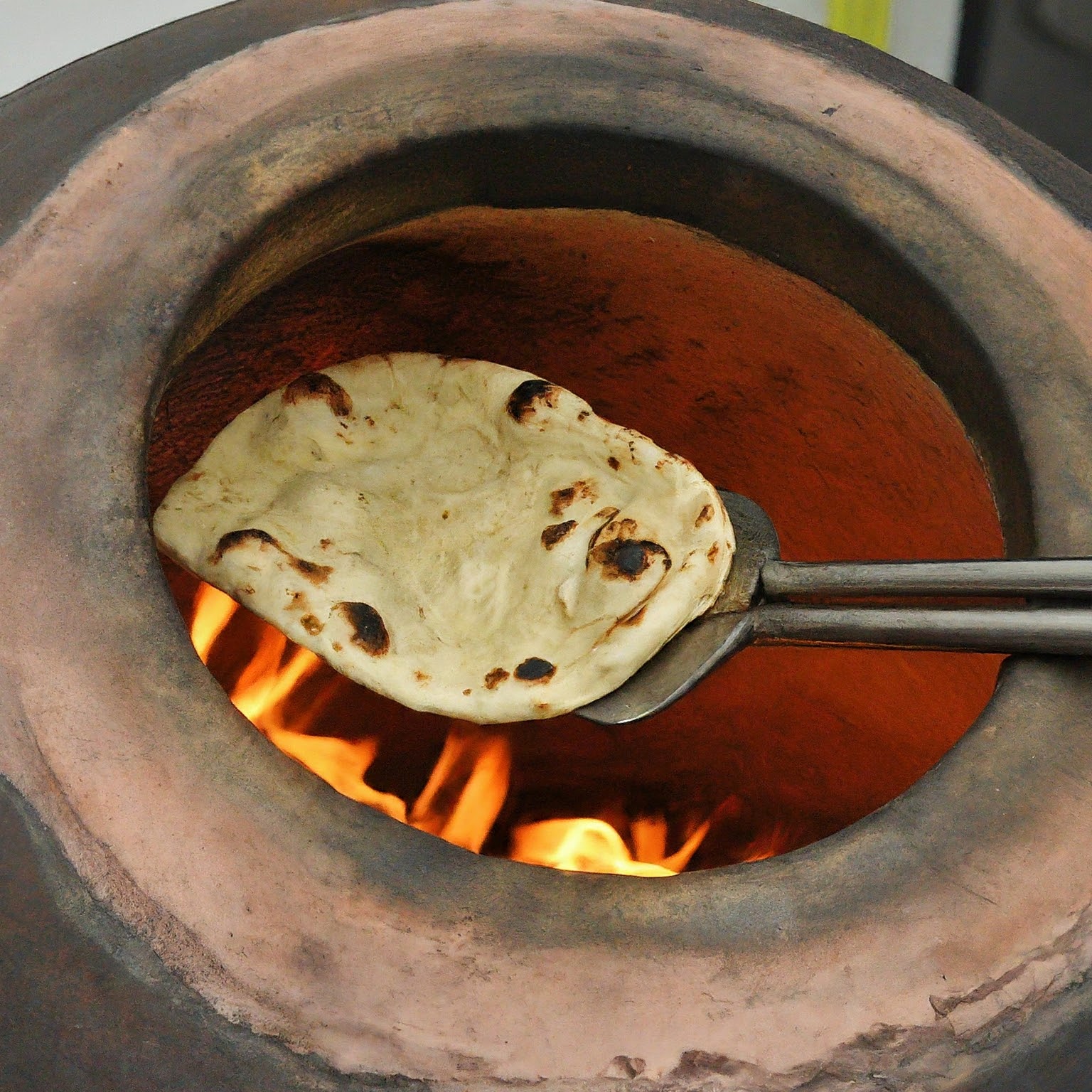
Tandoor
Tandoor, an essential cylindrical clay oven in North Indian cuisine, is used to cook Tandoori rotis, Naans, and kebabs. The fire at the bottom heats the walls where the dough is stuck, and meat is cooked on skewers above the fire. Food cooked in a Tandoor is healthier as excess fat drips off, and the high heat retains flavours and juices, enhancing taste and aroma.
7. Brass Jug and Cups

Brass jug and cups
Brass jugs and cups are a staple in royal Indian households and are prized for their beauty and health benefits. Storing water in brass containers is believed to eliminate water-borne bacteria, aid digestion, and boost immunity.
Drinking water from a brass cup is thought to imbue the body with the metal’s properties, offering numerous health advantages. The antique allure of these utensils elevates any dining table or kitchen, and they play a vital role in Indian traditions and rituals.
8. Mortar and Pestle – Traditional Grinder
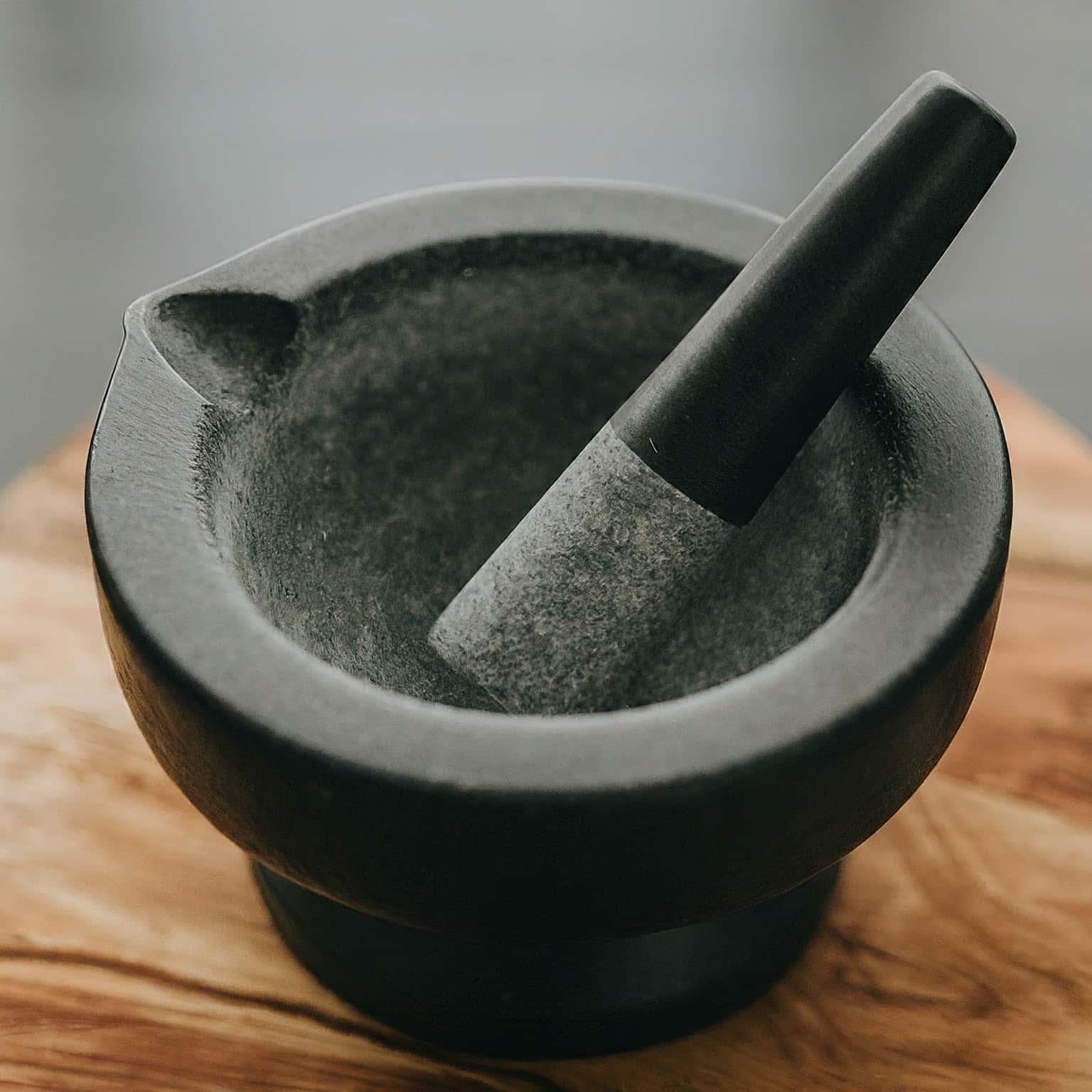
Traditional Grinder
A mortar and pestle, typically made of stone or cast iron, is essential in traditional Indian kitchens. It is perfect for crushing and grinding spices and herbs, preserving their natural aroma and flavour. Unlike electric grinders, using a mortar and pestle helps retain the nutritious value of ingredients.
This manual process not only releases essential oils and flavours but also adds a unique taste to dishes, connecting us to our culinary heritage.
9. Masala Dabba – Spice Box
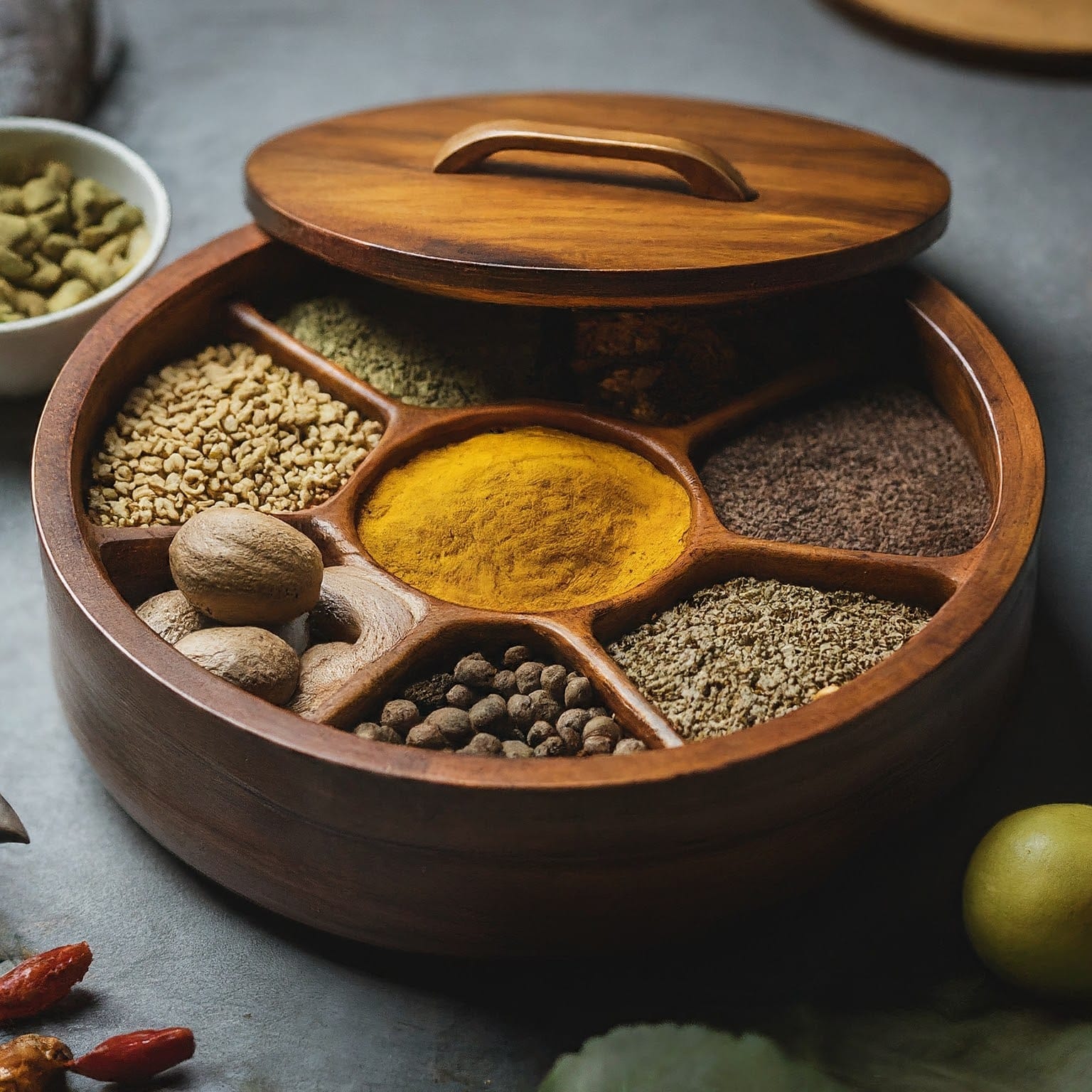
Masala Dabba
A Masala Dabba or Spice Box is one of the most crucial elements in every Indian kitchen. It consists of seven or more small cups for various spices and a small spoon for measuring. This handy tool simplifies the organisation of frequently used spices, making cooking more efficient. The stainless steel construction ensures durability and easy cleaning. The double lid system maintains the freshness and dryness of the spices, reflecting the family’s regional eating habits.
10. Patila – Stainless Steel Pots
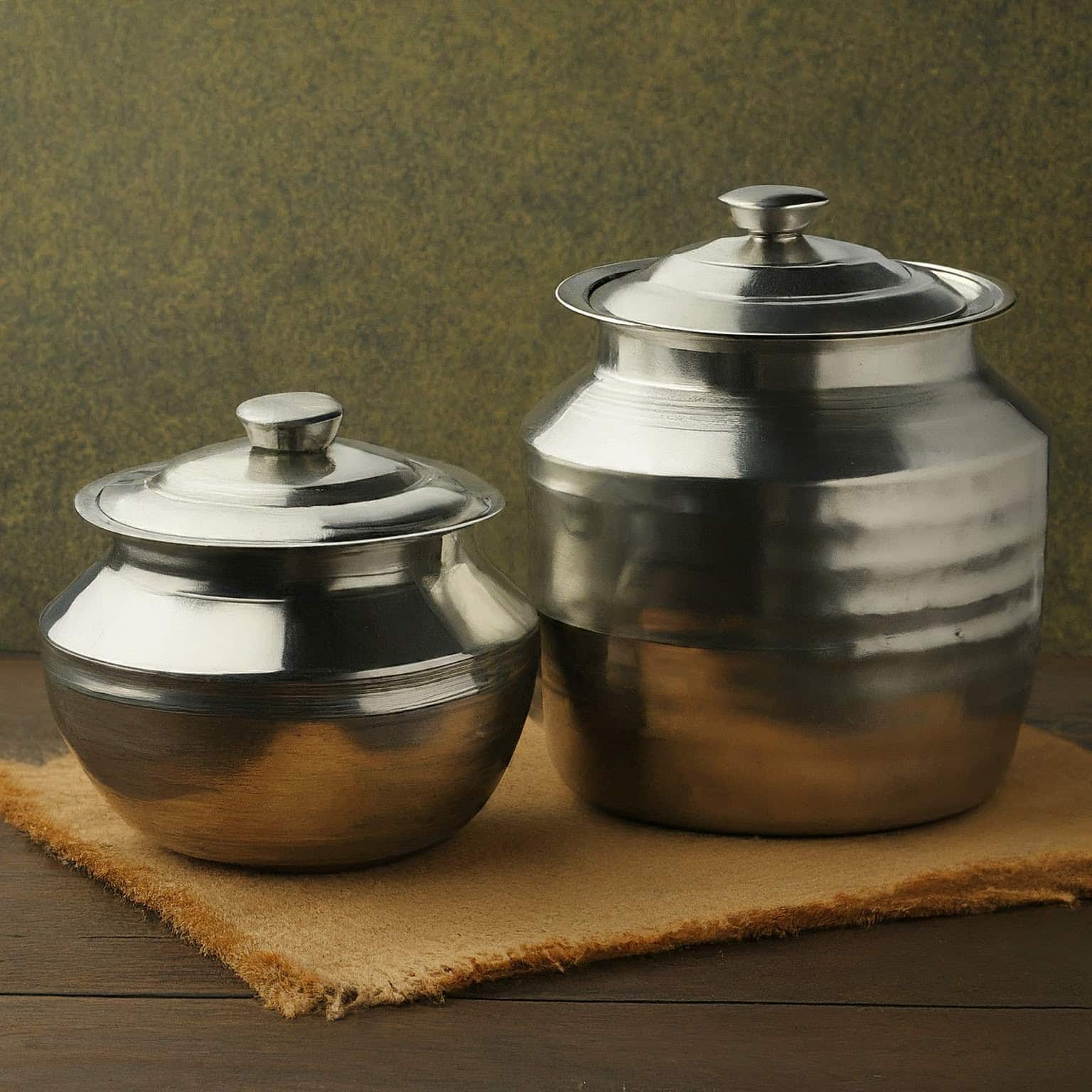
Patila
In an Indian kitchen, the Patila is a versatile stainless steel pot perfect for boiling milk, cooking rice, curries, soups, and more. Made from durable steel, carbon, and chromium alloy, it provides strength and resistance to rust and corrosion for long-lasting hygiene.
These pots are easy to maintain, dishwasher safe, and do not react with food, ensuring safety and health. Available in various sizes, they are stackable for convenient storage, adding a modern touch to your kitchen.
What are the Benefits of Using Traditional Indian Utensils?
When it comes to traditional Indian utensils, the magic lies in the natural and eco-friendly materials used to make them. Not only do these utensils enhance the taste of your food items, but they also help retain their nutritional value, contributing positively to your overall skin health. Additionally, incorporating these utensils into your kitchen promotes a sustainable environment by being biodegradable and reusable. Let’s explore the unique benefits of some of these traditional Indian utensils.
Health Benefits
Traditional Indian utensils add a unique flavour to your food while offering several health benefits. For instance:
- Iron, Brass, and Silver utensils can impart traces of these metals into food, which is necessary for our bodies.
- Clay pots, being alkaline, neutralise the pH balance in food, thereby cutting down on acidity. They also retain more nutrients than metal cookware.
- Copper water storage jars kill harmful bacteria and provide essential minerals, boosting overall immunity.
Thus, switching to traditional Indian utensils not only enhances the taste but also tremendously improves the health quotient of the food. It is, therefore, an essential step towards a healthier lifestyle.
Eco-Friendly Materials
Traditional Indian utensils are environmentally friendly. Made from natural materials like clay, stone, wood, or metals like brass, copper and iron, these utensils are durable, sustainable and fully recyclable.
Moreover, the manufacturing process of these utensils is less toxic and less industrialised, leading to lower carbon footprints. They also considerably reduce the dependency on plastic and non-stick utensils, which emit harmful chemicals on heating and are not bio-degradable.
Enhancing Flavours
Traditional Indian utensils are known to enhance the flavours of food. For instance, food cooked in Clay pots or Handis acquires an earthy aroma and a unique flavour that’s difficult to achieve in other utensils. This is due to the porous nature of clay, which allows heat and moisture to circulate evenly during cooking.
Similarly, cooking with brass or copper utensils lends a specific taste to the food while also retaining its nutritional value. An added advantage is the gradual release of micro-nutrients from these utensils into the food, thereby enhancing its nutritional profile.
Conclusion
The rich culture of India extends beyond just its clothes and festivals; it reaches as far as our kitchens and what we cook in. Traditional cookware are artefacts that remind us of our ancestry and that sustainable living and conscious practices have always been intrinsic parts of our lifestyle.
In today’s microwave-fast life and rising health concerns, traditional Indian utensils offer us a healthier, flavourful and eco-friendly alternative.
Investing in traditional Indian utensils is not just a lifestyle choice – it’s an ode to our cultural heritage, a step towards health consciousness and a tribute to our planet. So, let’s embrace these timeless traditions and nourish ourselves with the taste of authenticity and health!
Frequently Asked Questions
What are the health benefits of using traditional Indian utensils?
Traditional Indian utensils are made of materials like iron, brass, copper and clay, which impart essential minerals to the food cooked in them. Given their alkaline nature, they help retain maximum nutrients and provide a balanced pH level. Moreover, they are free from harmful chemicals.
What are the five kinds of materials used in utensils?
Indian utensils are made primarily from five types of materials: Iron, used mainly for tava and Kadai; brass, used for jugs, cups and serving dishes; copper, used for water storage and serving; clay, used for pots and Handis; and Wood, used for rolling pins and boards.
Which material is best for Indian cooking?
For Indian cooking methods, Iron and Clay utensils are popular because of their heat retention properties, which aid in slow and thorough cooking. Copper is preferred for water storage due to its health benefits. However, the choice of material largely depends on what is being cooked.







